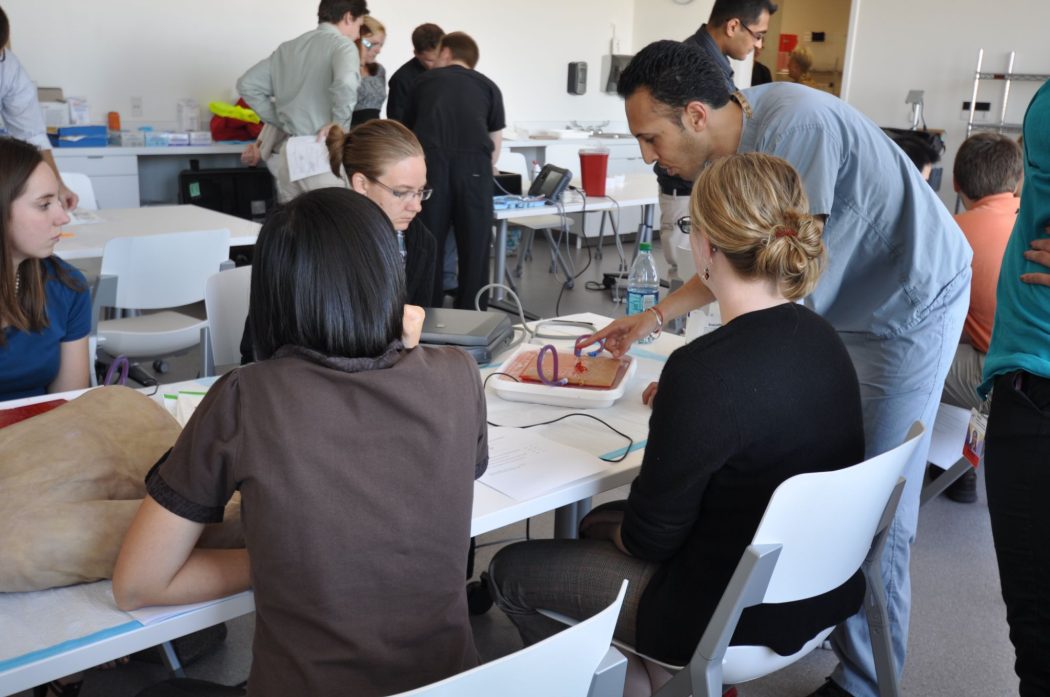May 24th, 2022 is the day that 19 children and 2 teachers lost their lives to a teen gunman in an elementary school massacre in Uvalde, Texas.1 A sentence that should never have to be uttered again. What continues to be upsetting is that this is not the first time such young children have lost their lives, and that too in a setting meant to nurture and protect them, a second home even.
To recap a few of these harrowing occurrences: in 1999 Littleton Colorado, 2 male Columbine highs school students killed 13 people before taking their own lives. In 2007, Cho Seung-Hui, gunned down 32 people at Virginia Tech before taking his own life. In Newton, Connecticut, 20 year old Adam Lanza slaughtered 27 people before he ended his own life.2
It has been 23 years since that initial high-profile occurrence. And yet, since then history has continued to repeat itself. So, why do schools keep getting targeted, and why does it tend to be young male adolescents committing the crime? There are certain risk factors that unite this group, including social rejection via peers, encompassing romantic rejection, and bullying in the school setting. Moreover, these shooters are often the most bullied males in the school population. Their targets then inevitably become those who continue to foster the bullying, notably the “most popular male youths in the school.” Equally important, many of these shooters also had comorbid psychological problems. A study from 2001 examining adolescent murders between 1958 and 1999 noted that most of these perpetrators were dubbed “loners,” recipients of bullying, with a history of substance abuse. In this sample, antisocial behaviors and depressive symptoms were largely prevalent. This study went on to point out that there was almost always a “precipitating event,” often related to shortcomings in school and social life. 2
What becomes clear, is that mental health is one of the biggest risk factors for school shootings. It is important to highlight that many of these behaviors have roots in the home life of these students, accompanied by common themes of physical, mental, and emotional abuse in the setting of unstable familial dynamics. And these adverse-childhood-experiences (ACEs) begin to take a toll. With the loss of or absence of such primary support systems, both at home and at school, combined with social rejection, thus is yielded a “a mix of severe depression and anguish and desperation driving them to end their own lives” commonly resulting in suicide as in many of these previous shootings. 3
To see this from the other end, in my most recent rotation, I was able to witness first-hand the anxieties parents of school-age children nowadays face. One patient told me he was simply too afraid to send his children to school and was considering a co-op homeschool option with many other parents in his neighborhood. He expressed how this worry kept him up at night and negatively affected his well being. I absolutely heard where he was coming from. While I do not have any kids of my own, I recently for the first time experienced a similar fear when I heard of the recent gun threats made against Target for their support of LGTBQ+ individuals, knowing my own mother works at one.4
So, what can we, as future health care professionals, do to help with this matter? We can start with learning more about the circumstances that ripen conditions necessary for youth to resort to such violent means. One method for this is utilizing the HEADSS assessment, a tool routinely used in (but not limited to) pediatric offices to confidentially find out about any issues in the lives of adolescents, covering home life, education, activities, drugs, suicidality, and sex. This is the crux of the biopsychosocial model, a holistic approach that views individuals through a variety of factors when considering the development of illness. We are in a unique position to identify at-risk youth and refer them to the appropriate mental health services. Partnering with local mental health providers sets patients up for a strong therapeutic relationship and continuity of care. We must do our best to actively lend a listening ear when for many of these youth, all others are shut.
References
1. Astudillo, Carla, and Reese Oxner. “What We Know, Minute by Minute, about How the Uvalde Shooting and Police Response Unfolded.” The Texas Tribune, The Texas Tribune, 28 May 2022, https://www.texastribune.org/2022/05/27/uvalde-texas-school-shooting-timeline/.
2. Belknap, Joanne and Greathouse, Tanya. “school shooting”. Encyclopedia Britannica, 24 May. 2022, https://www.britannica.com/topic/school-shooting. Accessed 6 June 2022.
3. Chatterjee, Rhitu. “Mass Shootings Can Be Contagious, Research Shows.” NPR, NPR, 6 Aug. 2019, https://www.npr.org/sections/health-shots/2019/08/06/748767807/mass-shootings-can-be-contagious-research-shows.4. Dana, Author: Joe. “Arizona Man’s Threats against LGBTQIA+ Community and Target Prompting Police Investigation.” 12news.Com, 27 May 2022, https://www.12news.com/article/news/local/valley/arizona-mans-threats-against-lgbtq-community-target-prompting-police-investigation/75-3b43a97e-adb8-4eea-acb0-cac77bdb74e2.
Karishma Kothari is a member of University of Arizona College of Medicine Phoenix Class of 2023. She graduated from Arizona State University in 2019 with a major in medical microbiology. In her spare time, she enjoys film, the outdoors, painting, gardening, learning to play instruments, and skateboarding. She welcomes discussions of all topics, especially the odd anecdote.
Email: kkothari@email.arizona.edu

